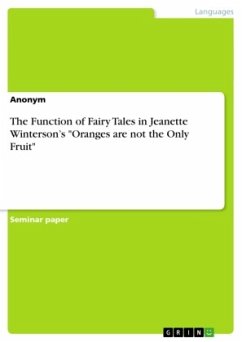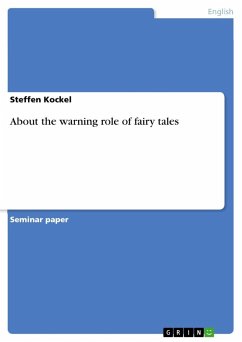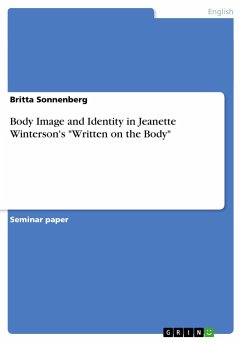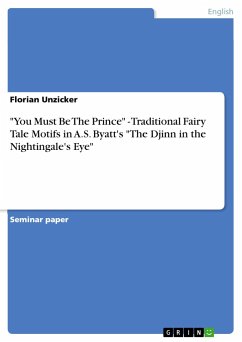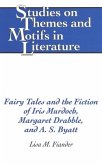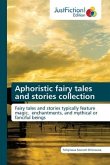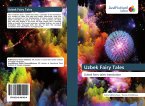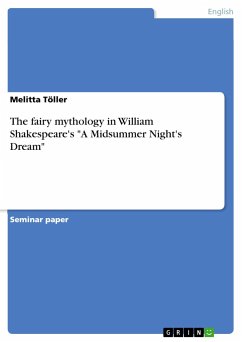Seminar paper from the year 2005 in the subject Didactics - English - Literature, Works, grade: 1,0, Johannes Gutenberg University Mainz, language: English, abstract:In terms of genre, Jeanette Winterson's 1985 novel Oranges are not the Only Fruit is definitely groundbreaking. The author uses autobiographical elements, elements of the female Bildungsroman but also of the typical coming out novel. Furthermore, besides many allusions to other literary works and an enormous use of intertextuality, Winterson constructs girlhood through fantasy, myth, and fairy tales which challenge the expectations about any conventional novel. As Paulina Palmer describes, in Oranges "Examples of realism, fantasy and anti-realism flourish side by side," co-exist and intermingle with each other (2). By mixing all these different genres in her novel, Jeanette Winterson destabilizes the possibility of a single authoritative reading of her fiction.Definitely intriguing is her use of fairy tales within Oranges. Because traditional fairy tales have often been subject of feminist criticism, it seems curious that especially Winterson, as a lesbian author, interweaves many, seemingly traditional fairy tales into her plot. After the 20th century suffrage and liberation movements, feminists such as K.E. Rowe argue that these "domestic fictions" have encouraged women throughout centuries to blindly await Prince Charming in order to fulfil their primary goal in life: marriage (237). These tales picture women as subdued to men, first to their fathers, then to their husbands, as dependent heroines who need to be rescued from the dangers the world bares. It is furthermore well known that "By virtue of the beautiful simplicity that folk tales have, by virtue of their single context, they become ideal vehicles for incorporating elements of the cultures which produce them" (Rabkin 100).Yet, I argue that the fairy-tale episodes in Oranges are not as traditional as they at first seem to be. Instead of picturing women in their expected position, namely both subdued to and dependent on men, Winterson's fairy tales serve a quite different purpose: Strongly connected to the main plot, they stress the most crucial moments in the protagonist's development and furthermore work to illustrate the importance of story-telling. In order to prove the idea that in Oranges fairy tales are everything but conventional, I will restrict myself to some clearly representative examples.
Hinweis: Dieser Artikel kann nur an eine deutsche Lieferadresse ausgeliefert werden.
Hinweis: Dieser Artikel kann nur an eine deutsche Lieferadresse ausgeliefert werden.

